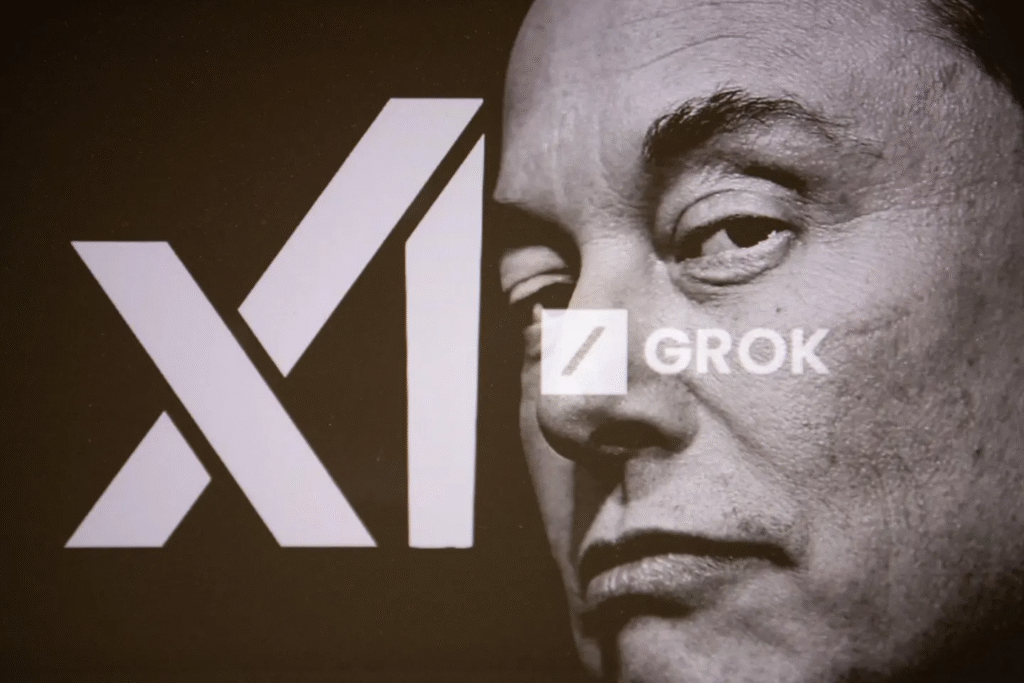In the rapidly evolving landscape of artificial intelligence and automation, competitive dynamics are increasingly characterized by significant capital raises and high valuations. A recent announcement from Elon Musk’s artificial intelligence firm, xAI, has highlighted this trend. According to CNBC, xAI plans to raise $10 billion in a funding round that could value the company at approximately $200 billion. This figure is indicative not only of xAI’s ambitious aspirations but also serves as a reference point against its competitors, including Anthropic and OpenAI.
In comparing AI and automation platforms, such as Make versus Zapier or OpenAI versus Anthropic, it becomes essential to analyze their relative strengths and weaknesses. These insights can guide SMB leaders and automation specialists—who are grappling with operational pressures and growth objectives—in determining which platform may best serve their specific needs.
Make, formerly known as Integromat, is a visual automation platform that allows users to create complex workflows through a user-friendly interface. With its open architecture, it caters to users looking for deep customization and flexibility. However, this complexity may come at the cost of a steeper learning curve, which could deter less tech-savvy users. Additionally, while Make offers robust features, its pricing model scales based on operations and scenarios, leading to potentially high costs as usage increases—a crucial consideration for SMBs operating under tighter budgets.
On the other hand, Zapier excels in its approach to simplicity and usability, focusing on providing straightforward workflows that almost anyone can navigate. This accessibility makes it particularly beneficial for small businesses with limited technical resources. Zapier’s pricing model is tiered based on the number of “Zaps” or automated workflows available, which can be more predictable and manageable for SMBs. However, Zapier may lack some of the in-depth features and customization options that Make offers, which could limit its effectiveness for enterprises looking to implement advanced automation strategies.
When evaluating AI platforms, the comparison between OpenAI and Anthropic is similarly telling. OpenAI has garnered accolades for the versatility and performance of its models, establishing a strong foothold in industries from content creation to coding assistance. Its renowned artificial general intelligence capabilities position it favorably, particularly for organizations seeking high-level cognitive automation. However, as seen from recent funding rounds, including a soaring valuation of $300 billion and potential hikes to $500 billion, costs associated with deploying OpenAI’s solutions can be significant, which could deter smaller entities with limited resources from fully embracing its technology.
Conversely, Anthropic, while not yet as dominant, is leveraging a philosophy centered on AI safety and reliability. Its recent funding valuation of approximately $183 billion emphasizes investor confidence in its long-term vision. Anthropic’s focus on designing AI that aligns closely with human values could appeal to organizations prioritizing ethical considerations in their AI implementations. Yet, the viability of its solutions and the availability of a robust ecosystem remain variables that SMB leaders should scrutinize when making decisions.
In weighing the return on investment (ROI) for these automation and AI platforms, it becomes apparent that companies must consider both immediate benefits and long-term implications. For SMBs, the initial cost of adopting a complex system may be offset by the efficiency gains and productivity enhancements it generates. Nevertheless, careful attention should be paid to scalability—especially as business needs evolve. Deployment costs, integration with existing systems, and the ability to adapt to increasing demands will critically influence whether an AI or automation solution is viable in the long run.
Ultimately, the path chosen by SMB leaders in utilizing these tools should align with their strategic objectives, resource availability, and operational capabilities. More than ever, the landscape is predicated upon increased capital flows into AI ventures, making strategic decisions perilous yet essential. Given the current trajectory exemplified by xAI and its peers, it is imperative for decision-makers to stay informed about the shifting dynamics influencing platform strengths, costs, and pursuit of ROI.
In conclusion, the ongoing financial developments within the AI sector signal a marketplace rife with opportunities and challenges. Organizations must invest time in evaluating the unique strengths and weaknesses of competing platforms and their impact on efficiency and scalability. They should endeavor to align their automation efforts with their overarching business strategies, ensuring that technology decisions are made with foresight and analytical rigor.
FlowMind AI Insight: As businesses navigate the complexities of AI adoption, a tailored approach to selecting automation tools is vital. By focusing on both immediate functionality and long-term scalability, organizations can harness these technologies to drive meaningful operational improvements and sustainable growth.
Original article: Read here
2025-09-22 00:23:00

